Kaspars Groševs
info
DOPESMOKER
10 Minute Walk From Solitude
C.D.M.M.M.H.
White Walkers
Divdabis
Dancing Water
I didn't have wi-fi so I started to paint
Things
Exit, stuttering & nebula
427
Qu'est-ce que ça peut faire tout ça
White Tapes
A Guide to Making a Genie
00:10:00:00
H
I/O. Without Enemies
etc.
Curated:
Fat Gnomes (Ears
of New Jersey)
Retrospect 1996-1999
I had an amnesia once or twice
A Very Small Window
Demons and Ashes
Luksafors
Different Room
Autonomia
Old Man Goes Home
Blue Lagoon House
Blue Lagoon House, with Evita Vasiļjeva, curated by Daiga Rudzāte and Žanete Skarule, Cēsis Contemporary Art Centre, Cēsis
9.07. - 14.08.2022.
ArtViewer
Contemporary Art Library
Arterritory

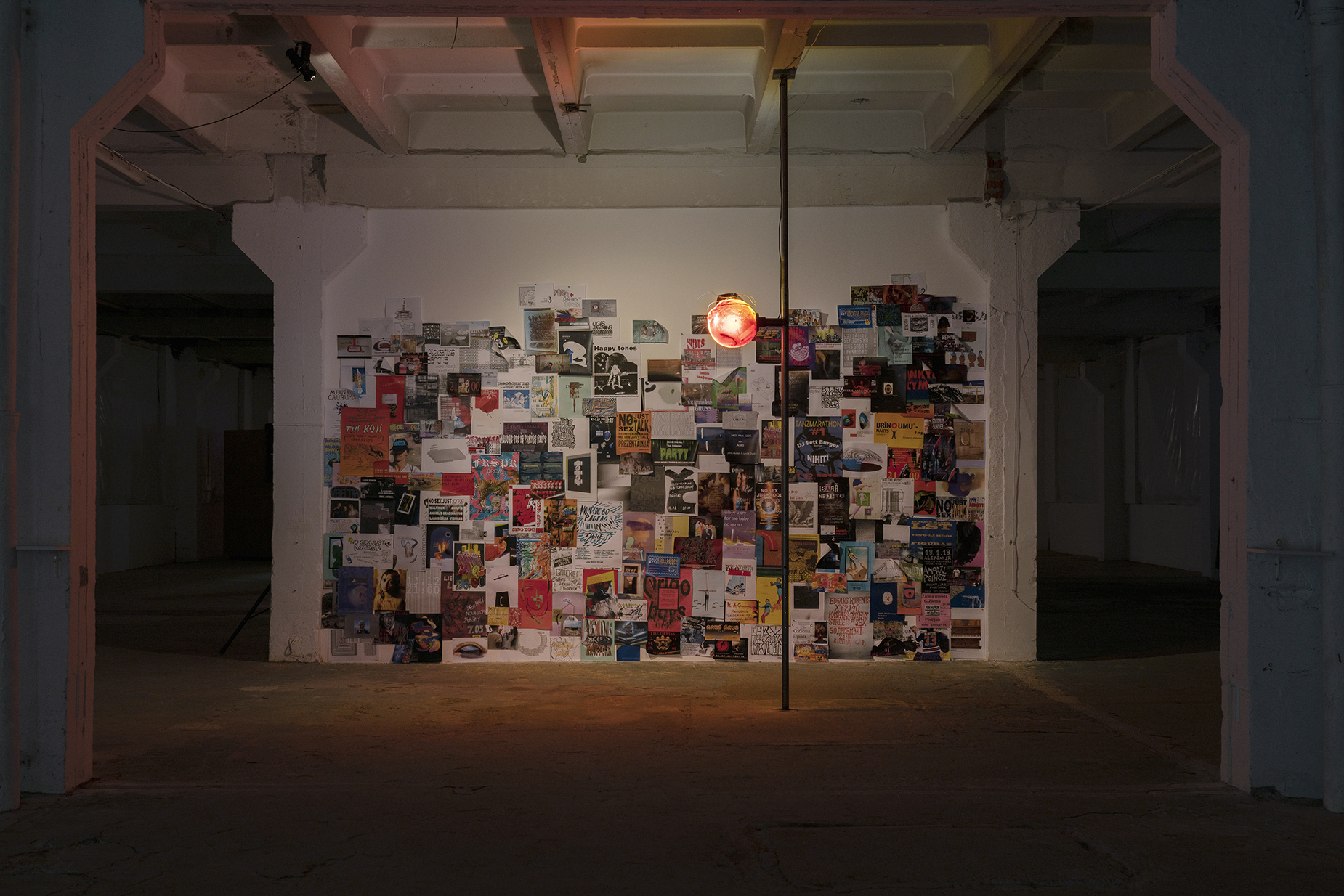
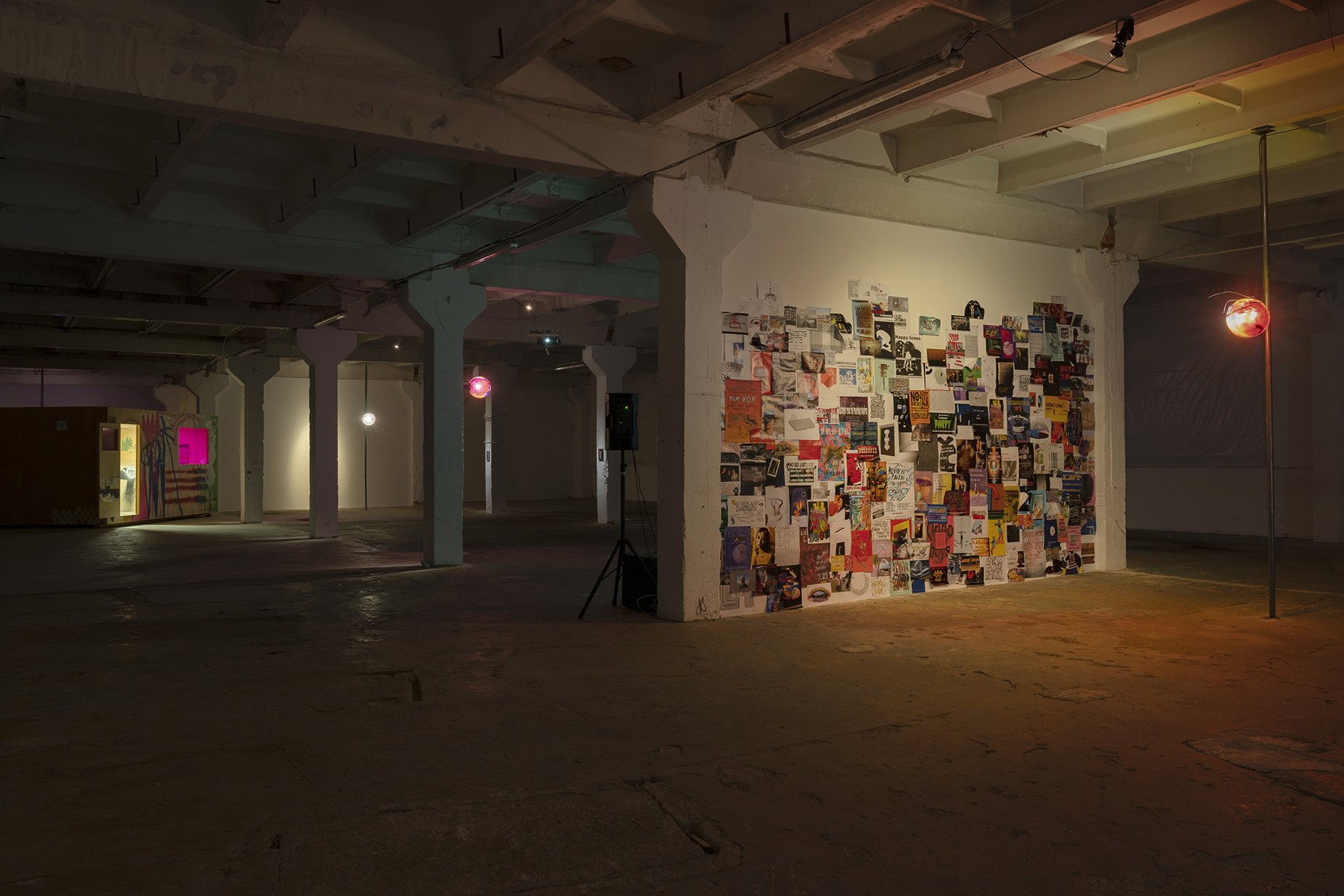
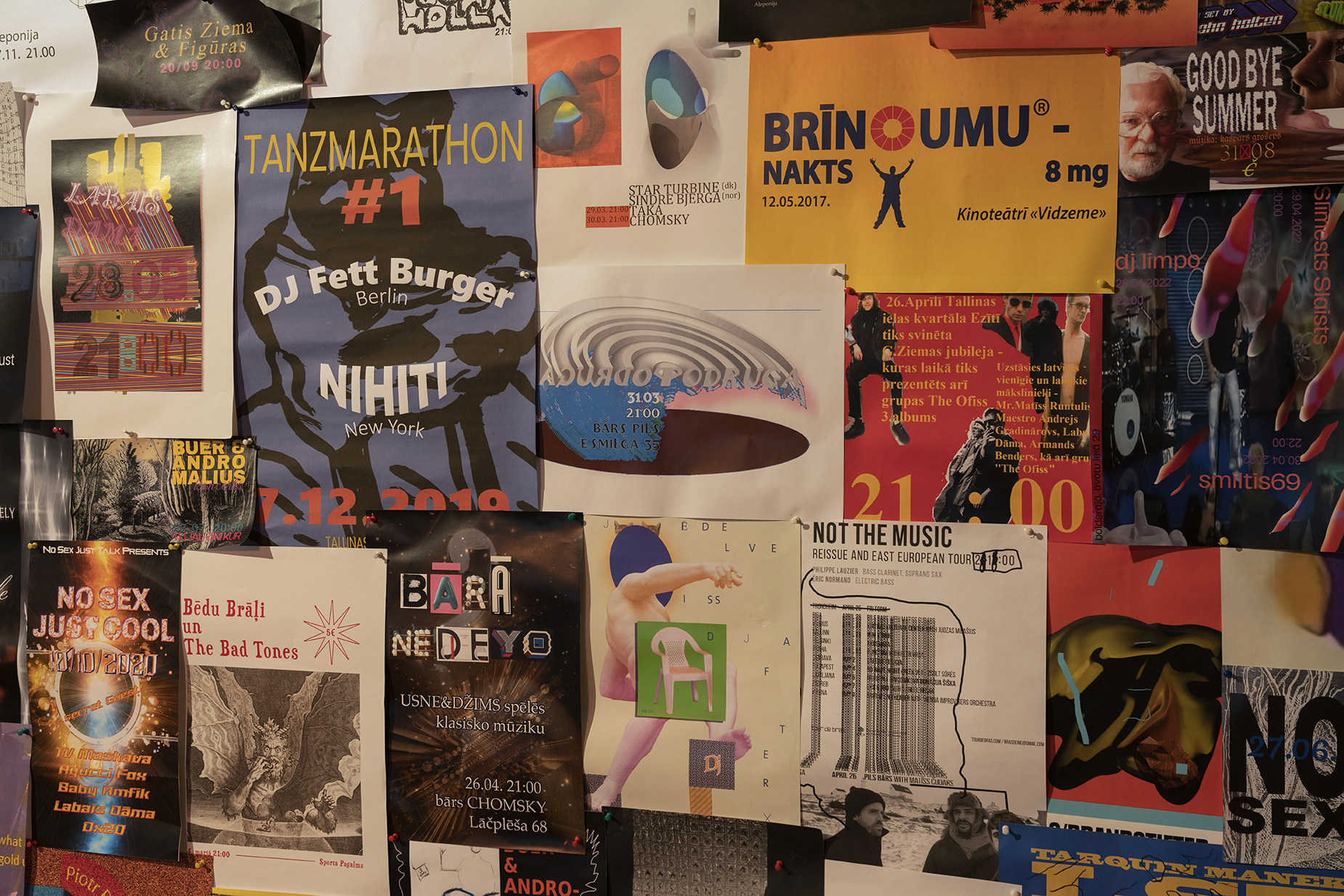
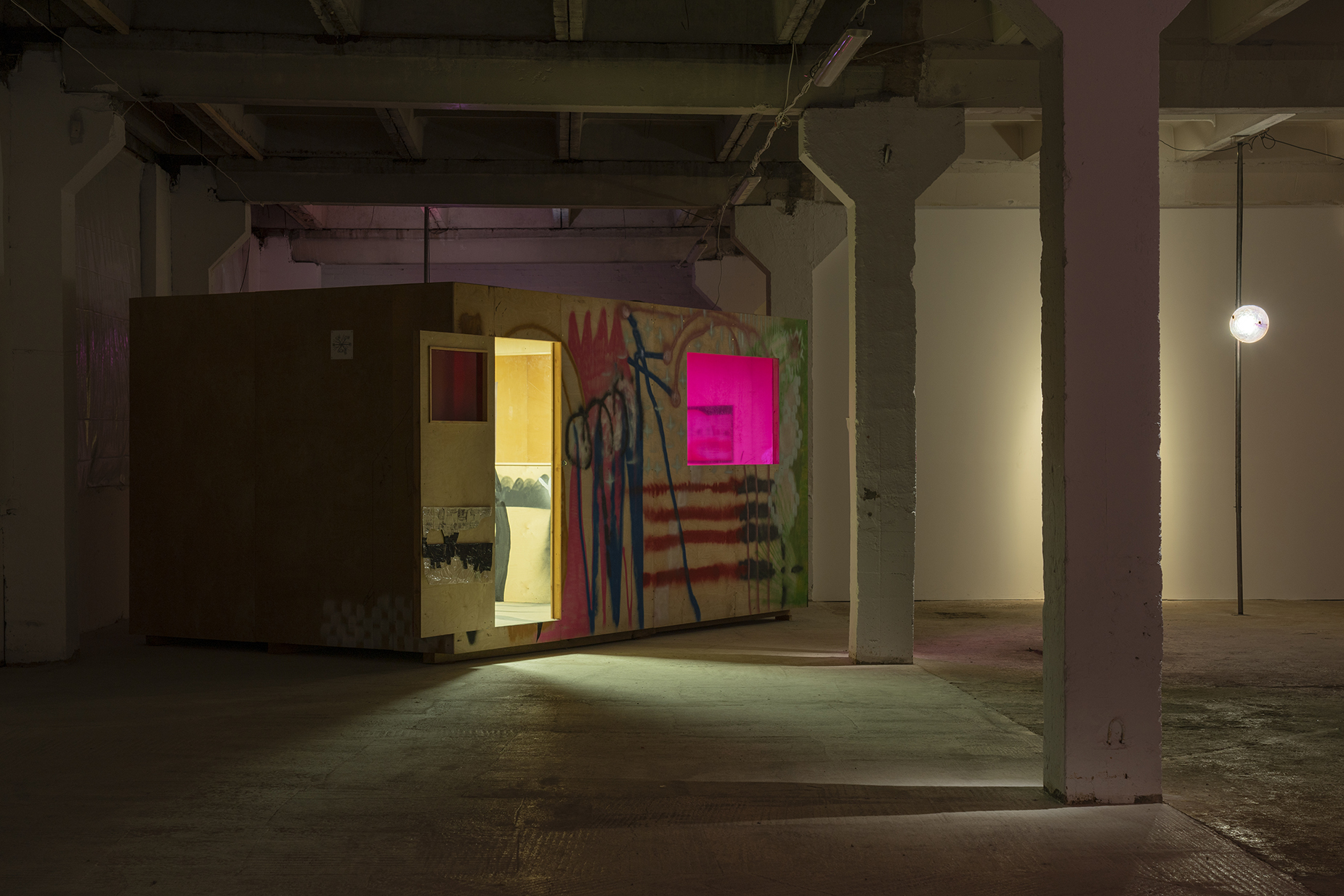

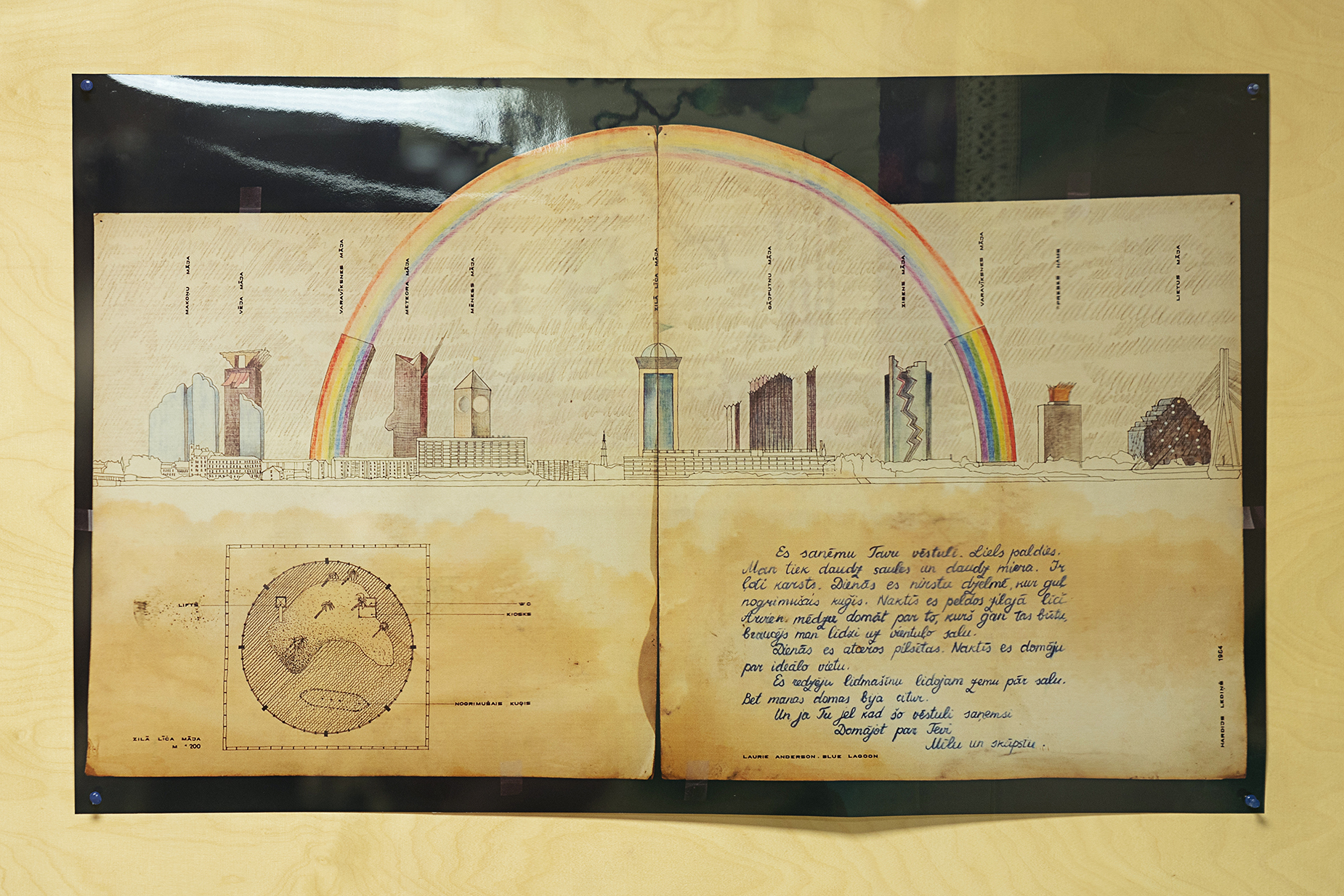
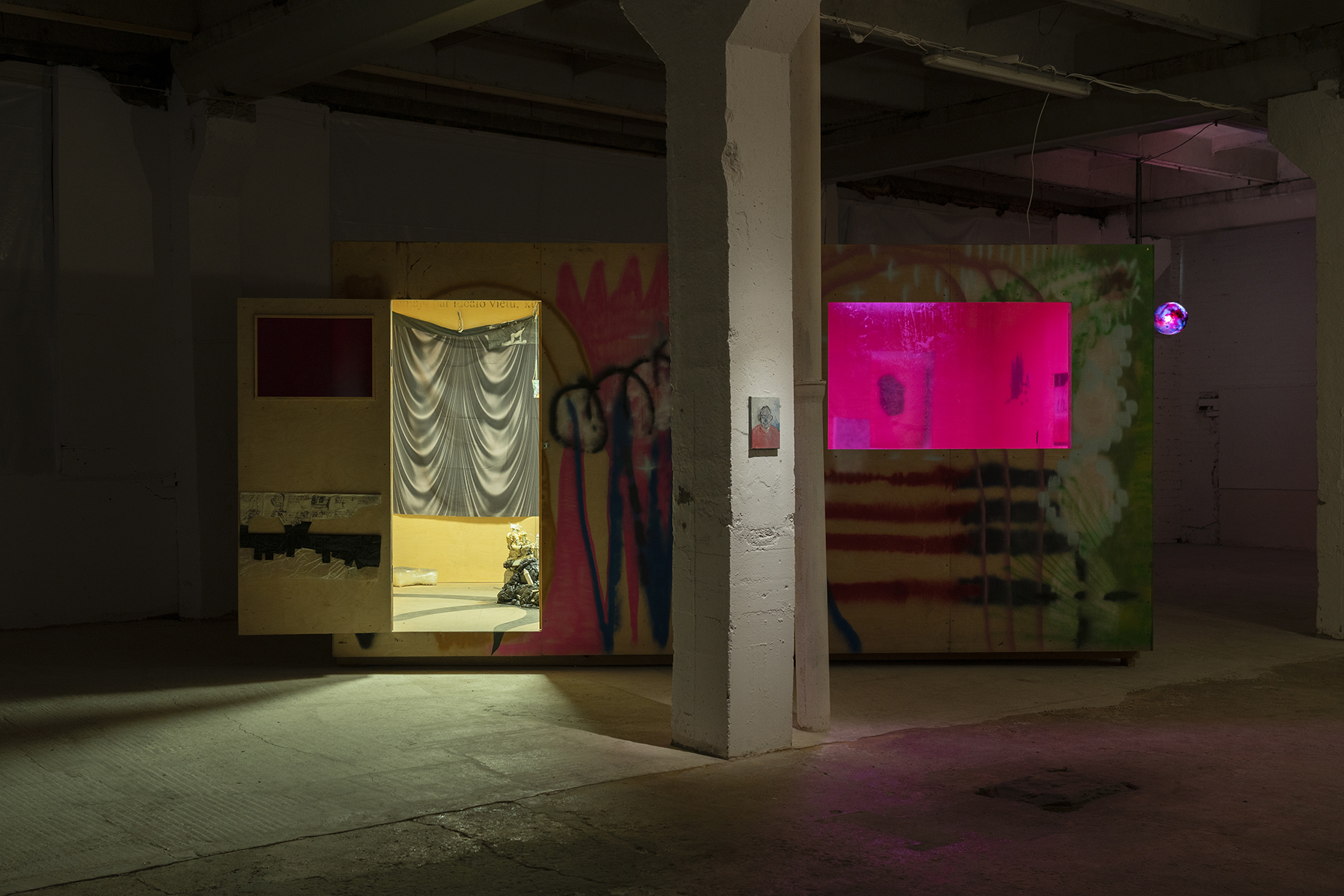
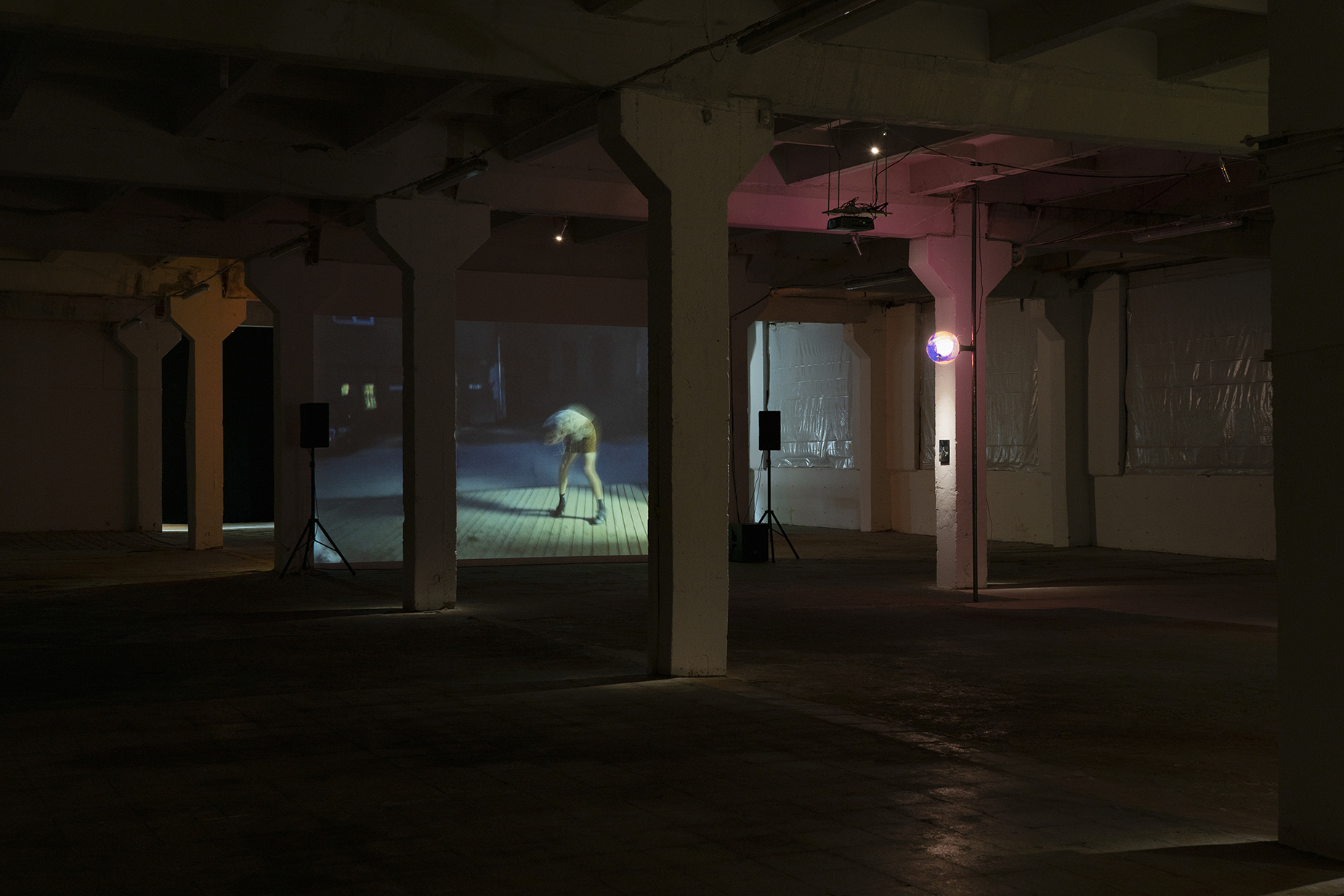


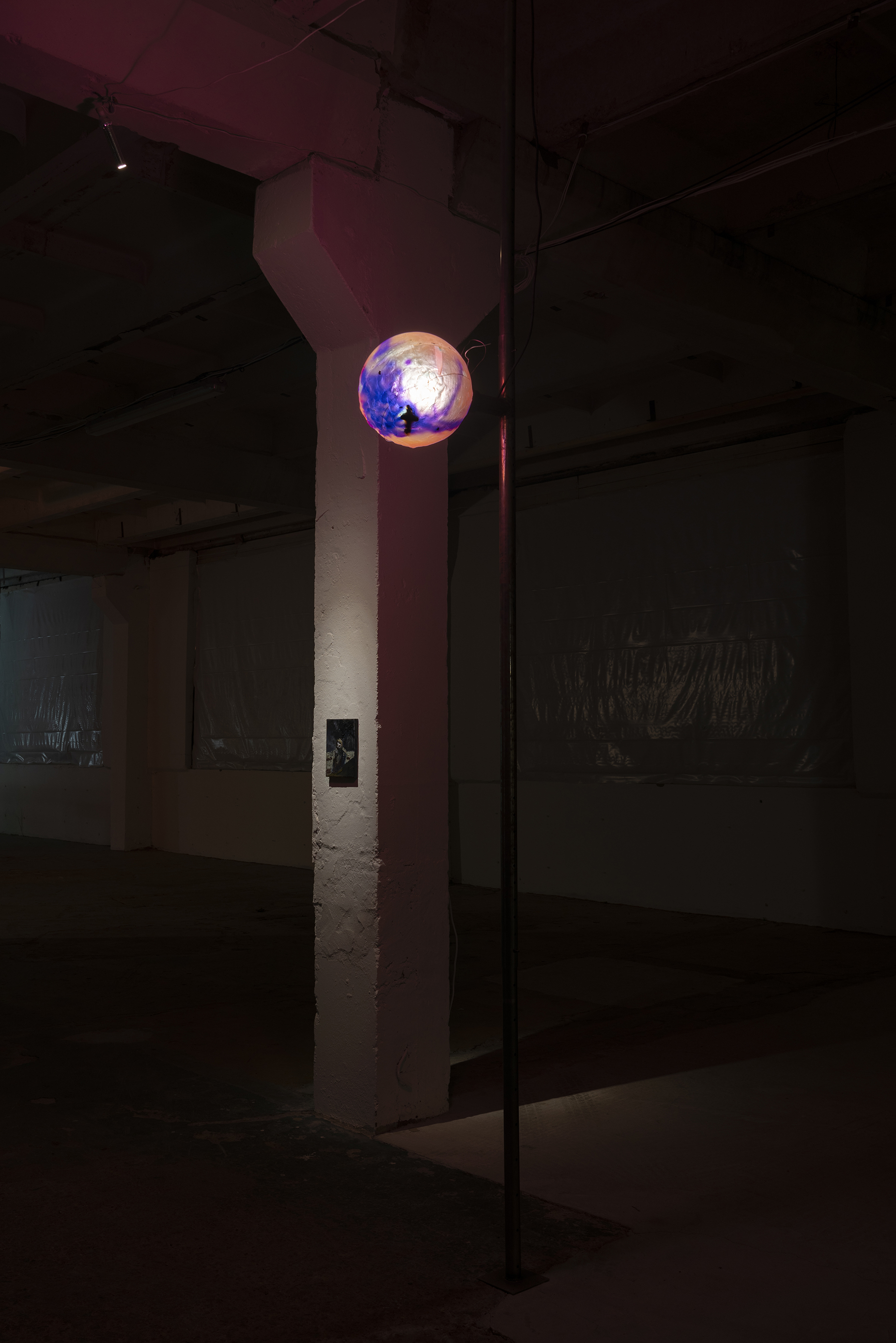
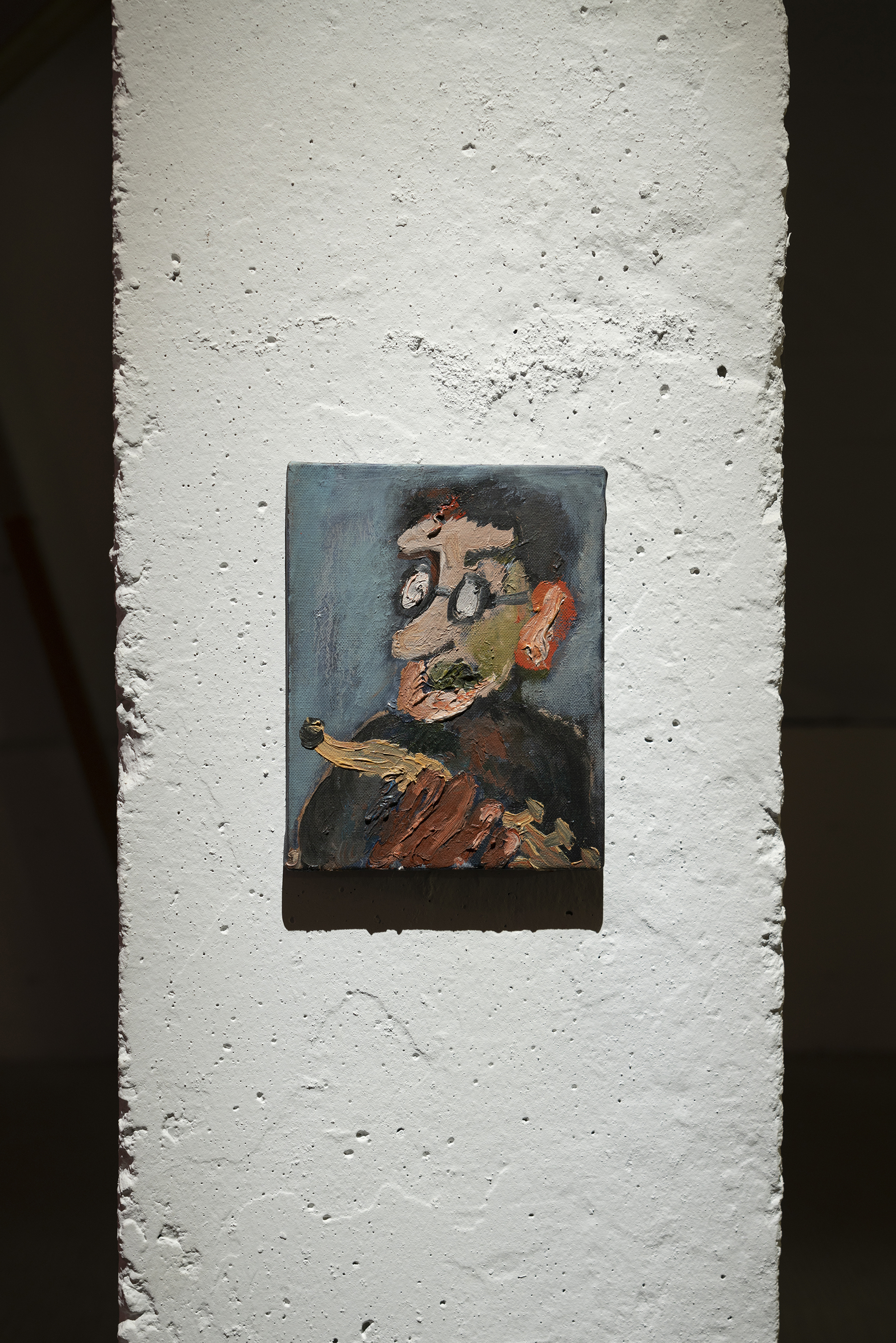
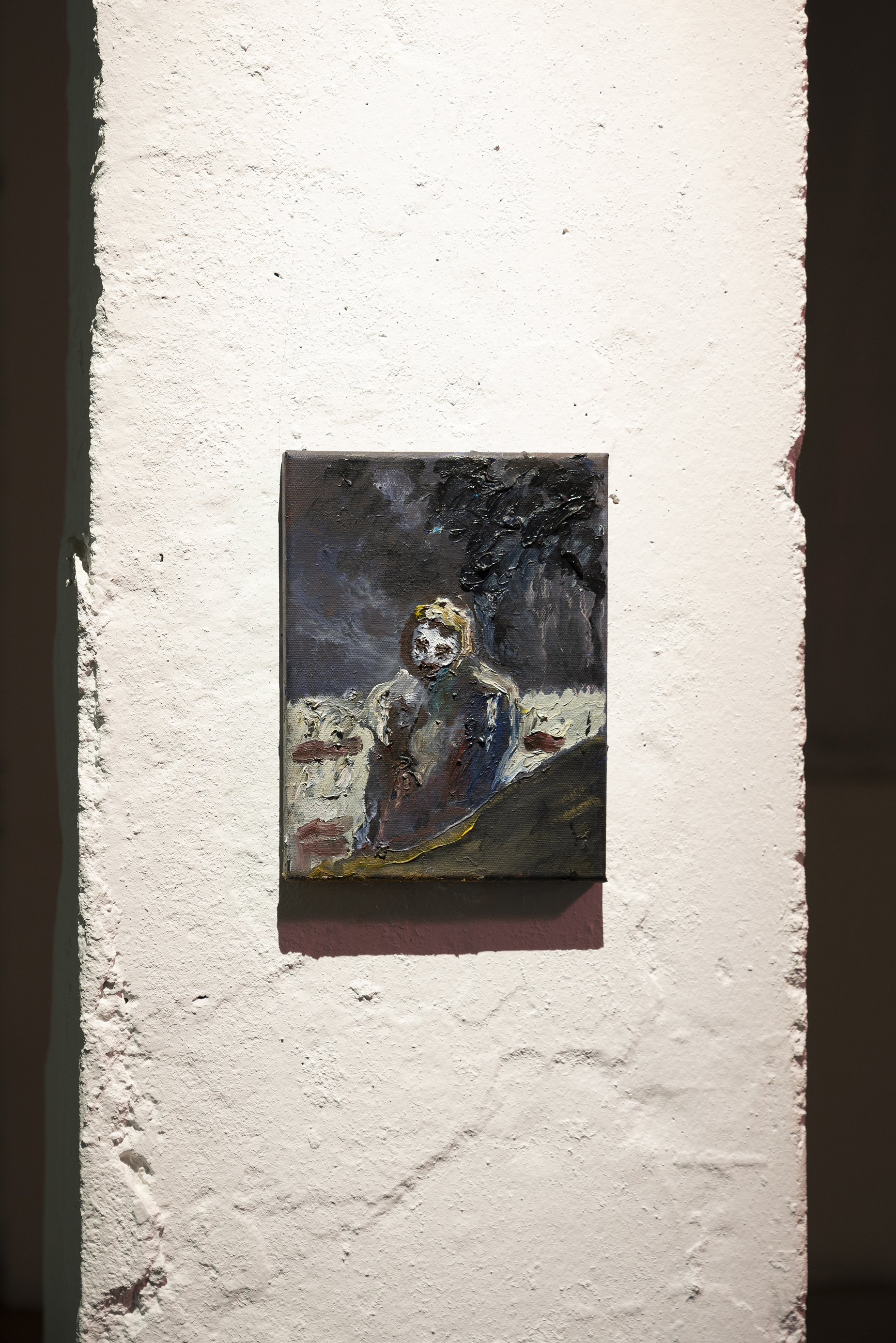
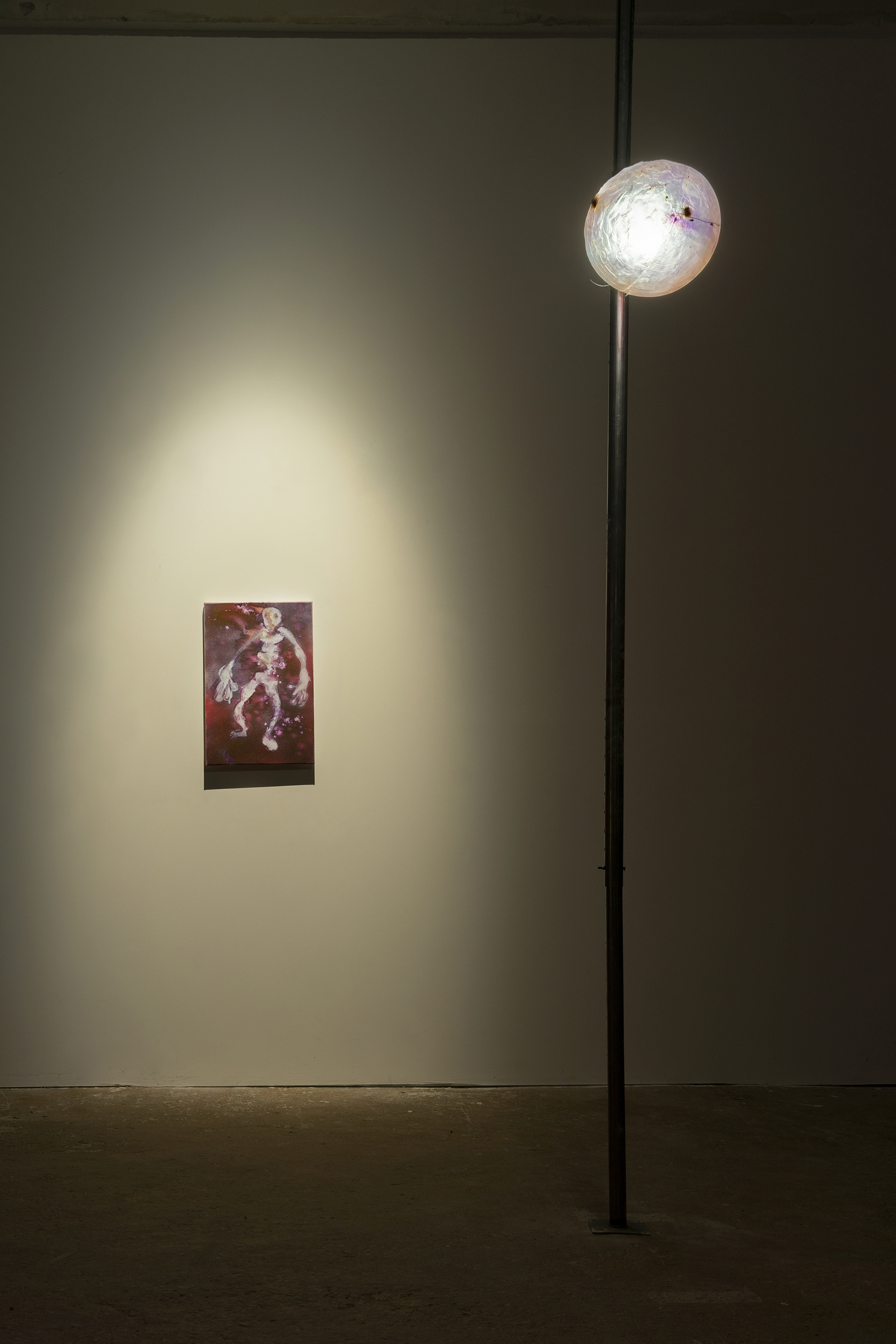
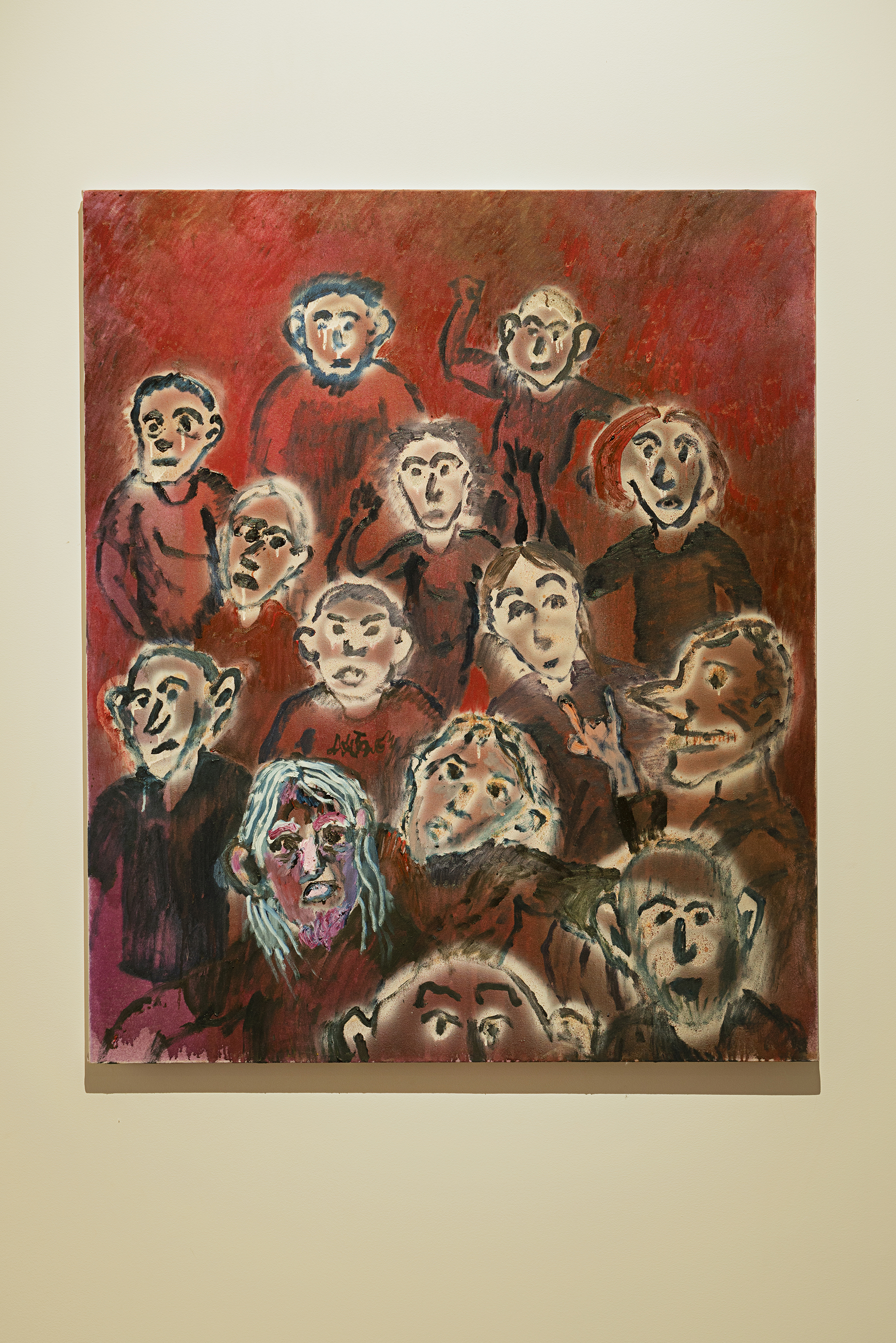
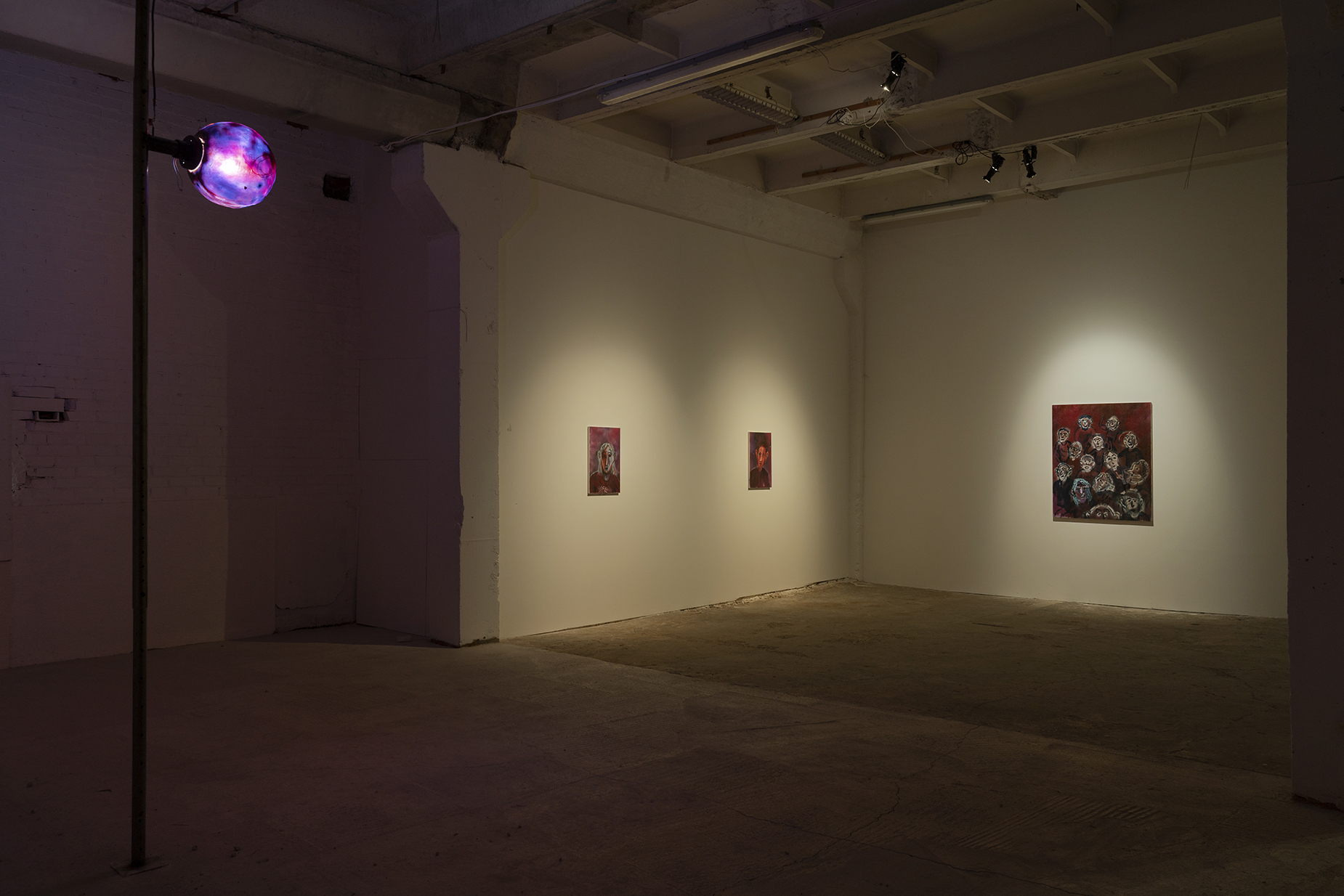
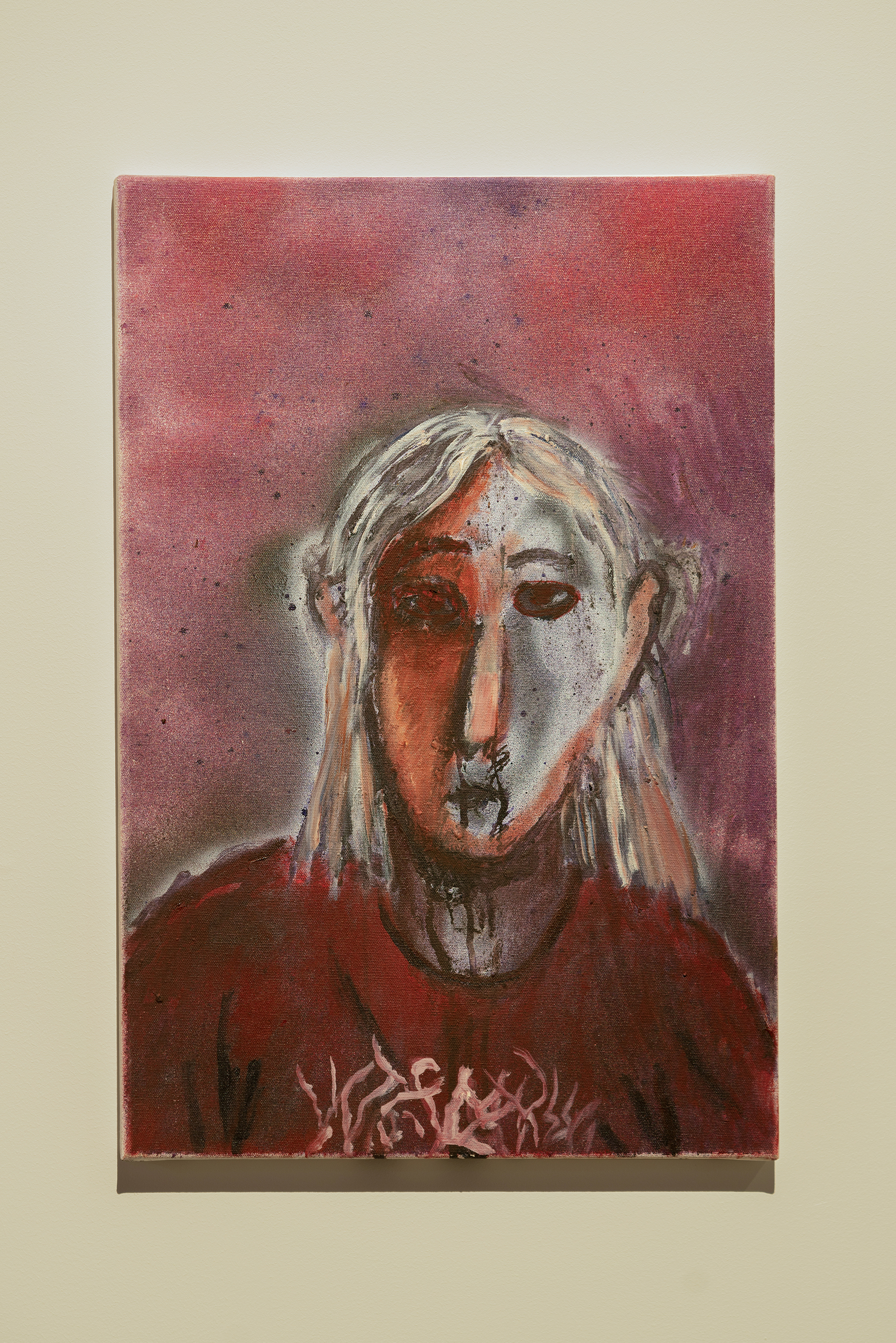

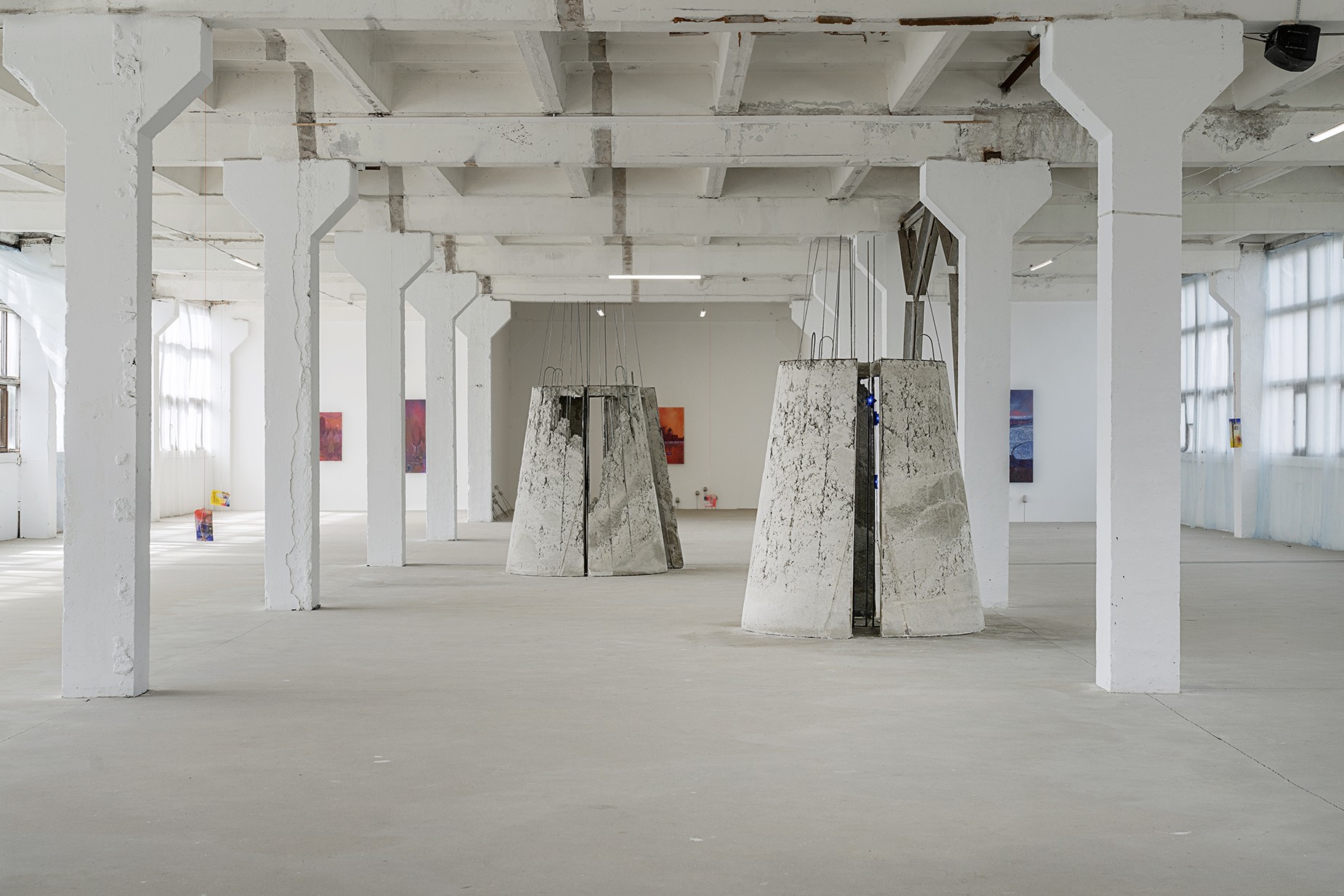

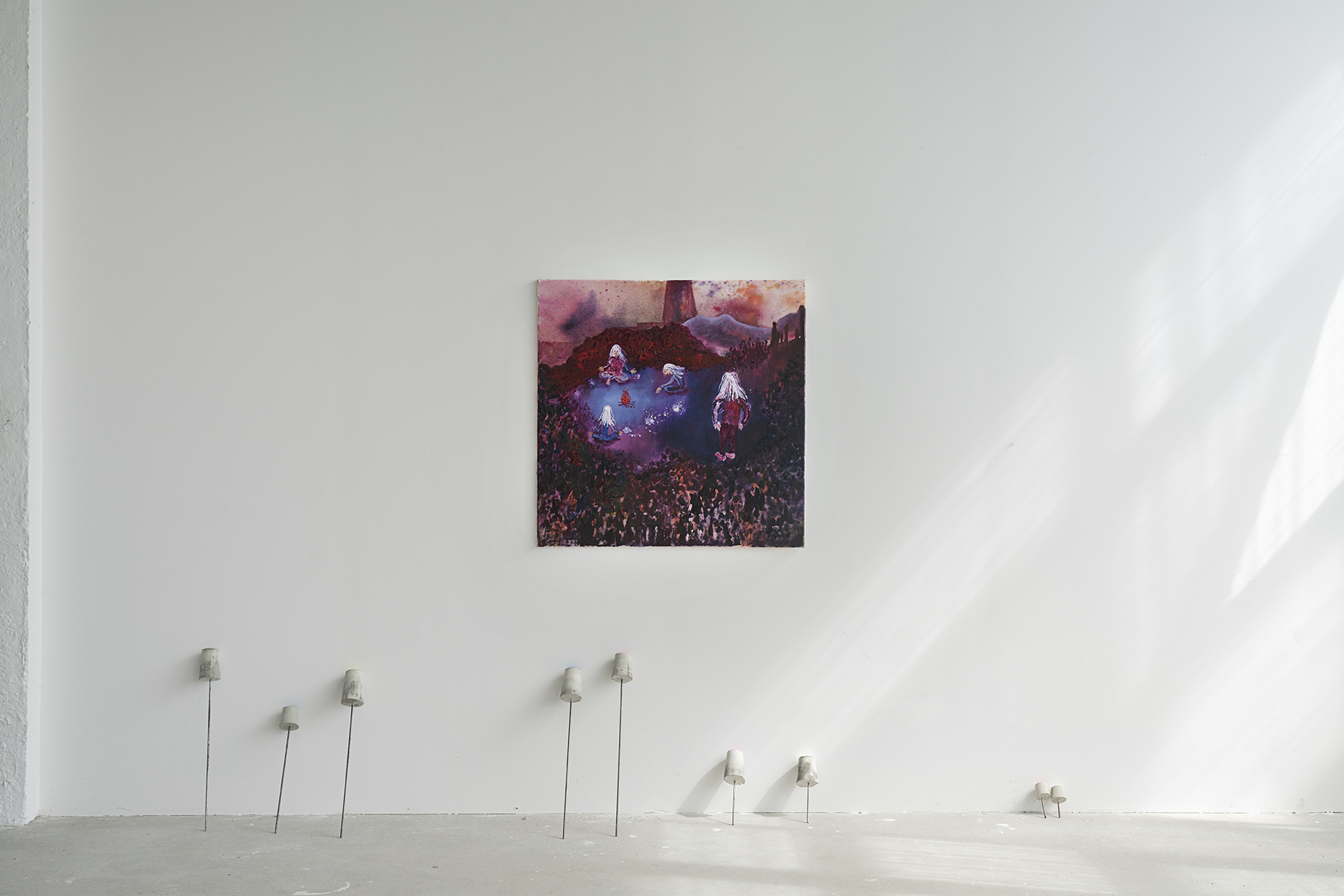
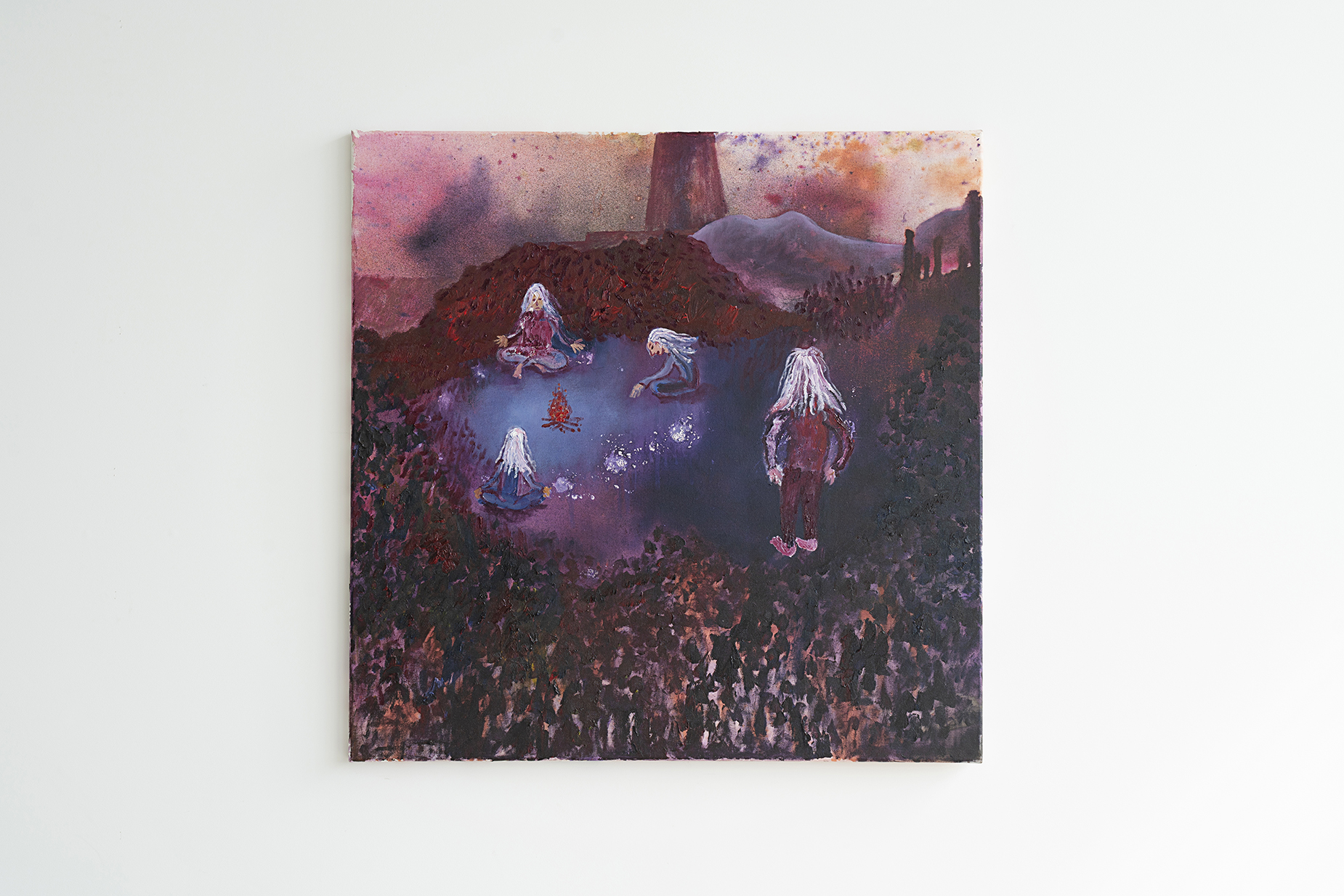


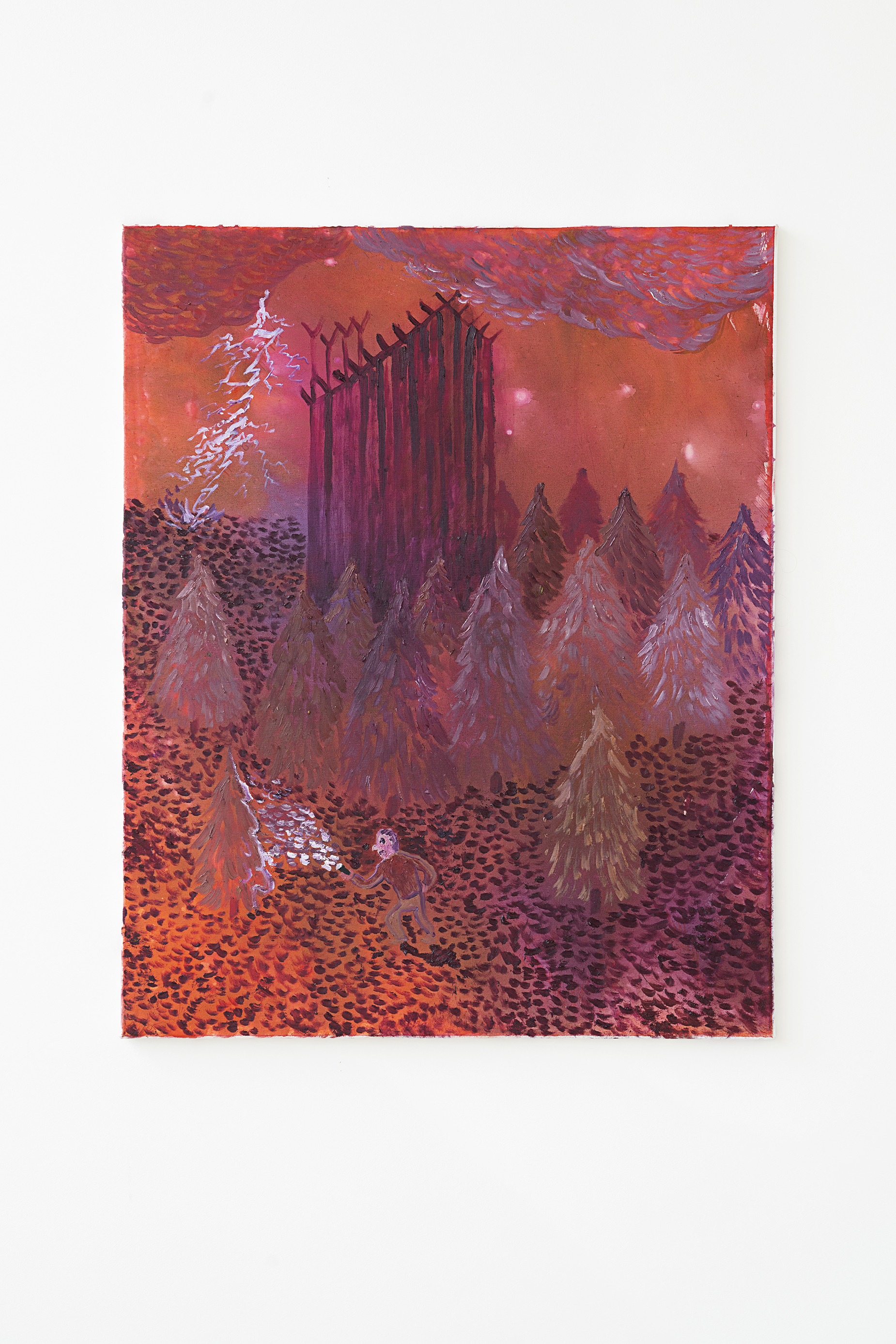

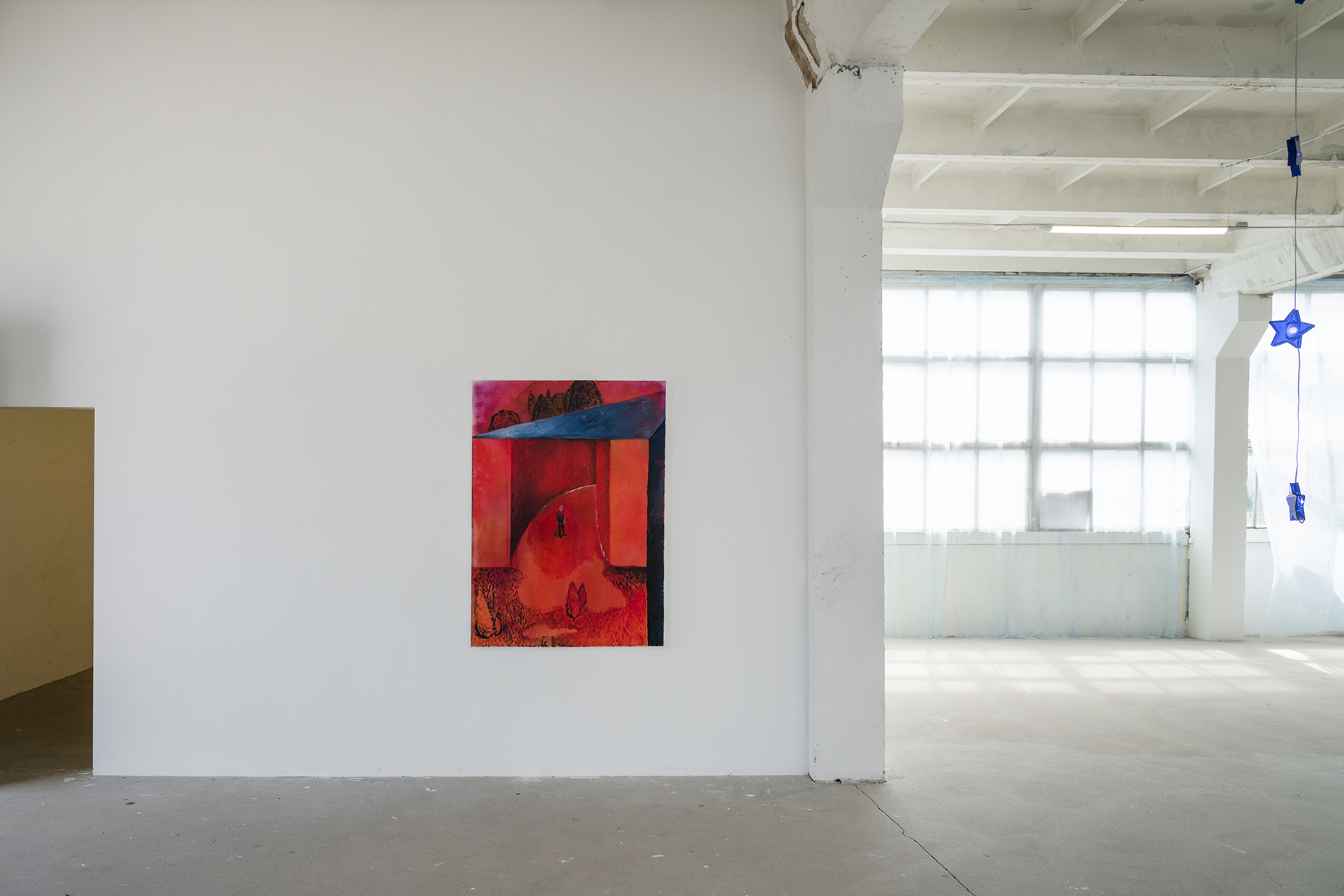
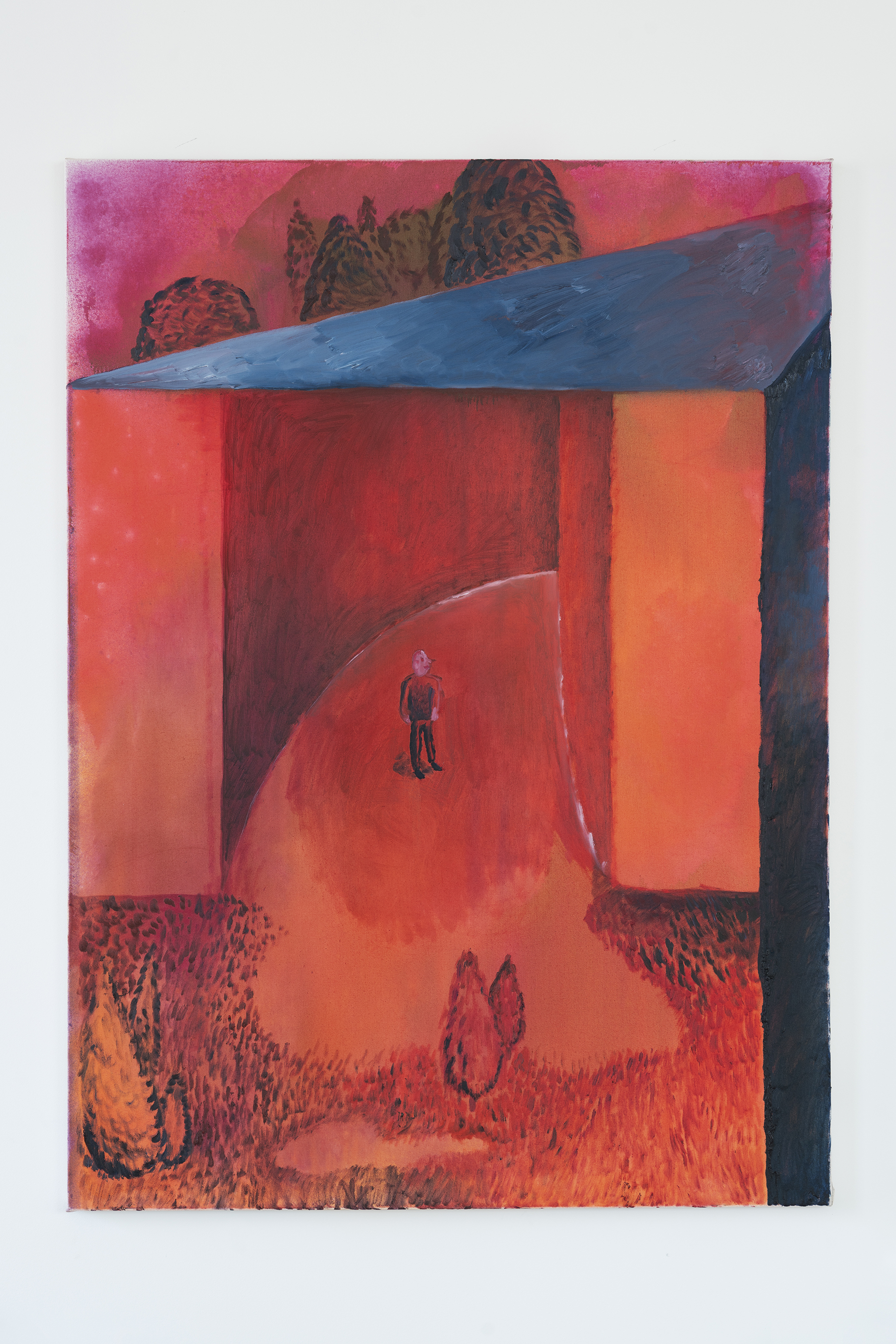
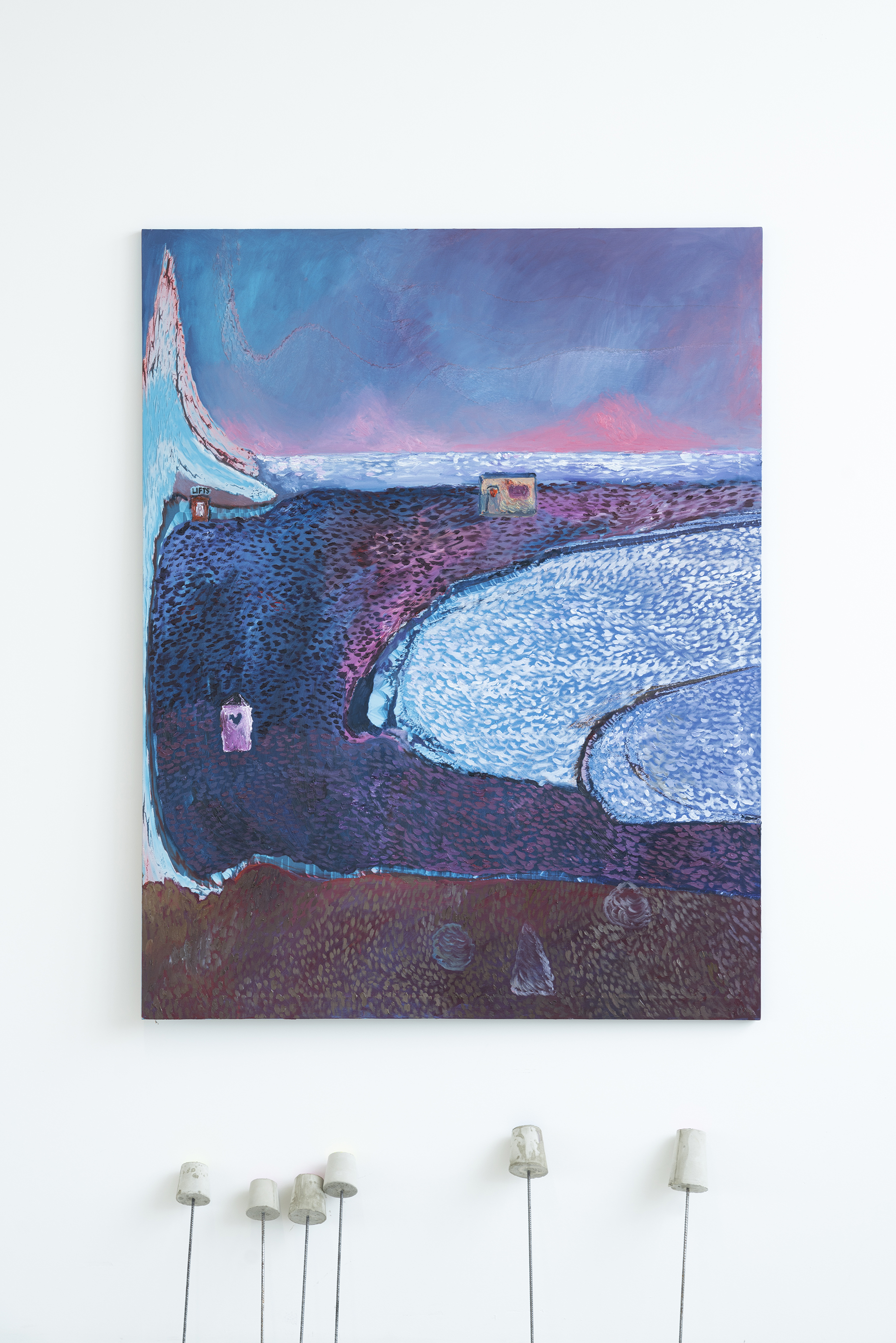
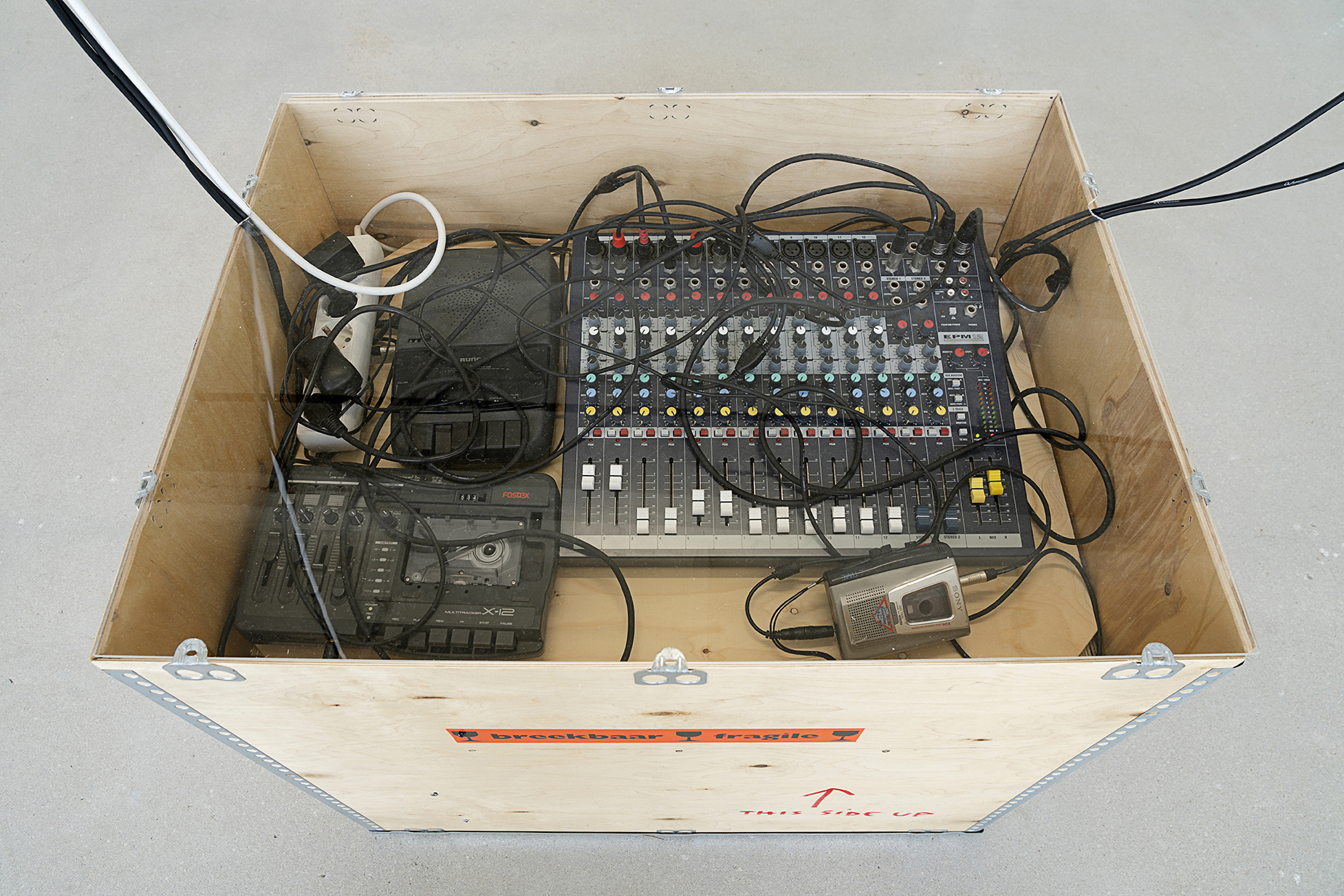
‘Blue Lagoon House’ is a joint project by Evita Vasiļjeva and Kaspars Groševs, combining two different yet also kindred art practices where an essential role is played by the relationship between art works and space and its elements. The project refers to the rich and conceptually packed body of work and activities of NSRD (Nebijušu sajūtu restaurācijas darbnīca ‒ Workshop for the Restoration of Unfelt Feelings) and its idea of ‘approximate art’, transferring Hardijs Lediņš’ drawing of a utopian Pārdaugava landscape entitled ‘Blue Lagoon House’ (1984) to Cēsis and encasing the whole building of the art centre in an immersive and multi-layered installation. Merging the ruggedness of the industrial environment and the installation’s vibrations in space, the artists aim to entwine and set into motion the driving forces of the contemporary and recent art processes that are revealed both in the processuality of the exhibition and in its materials and their interplay ‒ audially and visually. Through layers of light and sound frequencies, the show highlights the individual works by Groševs and Vasiļjeva that share various materialities and their confluence, overlapping, collisions and mirroring, with the gestures by the two artists occasionally resonating and merging.
The exhibition features sculptures, installations, large-scale architectural structures, video works and paintings by Groševs and Vasiļjeva that populate the architecture of the space, woven into a nuanced web of references merging personal and collective histories ‒ lost and found contemporaries, transitional states enveloped by the sound of air currents, meeting places of creative communes, light transitions and their reflection in the lines of the works, seven reasons for sunsets and friction between sound waves. The show will see a reopening of the Lagoon booth, a project that initially ran in late summer 2021 in Riga, Vagonu Street, and was a collaboration between nine artists, featuring contributions by other creative figures during the opening events.
Participating artists of the Lagoon project were 0.0.1.0.0., Maija Kurševa, Anna Malicka, Dzelde Mierkalne, Luīze Nežberte, Līva Rutmane, $hady Ladies and Klāvs Upaciers, a mixed group of artists representing different generations and sharing an interest in building creative communities around themselves, frequently realising their activities in ways that are somewhat removed from the public eye. Lagoon was the point of intersection for winds blowing from different directions; the same winds permeate the principal exhibition of the ‘Blue Lagoon House’, namely, Groševs’ paintings and Vasiļjeva’s sculptures, but also fuel the air current catchers by the French artist Kamil Bouzoubaa-Grivel on the roof of the art centre building.
Playing on both the physical and conceptual scale, the exhibition at Cēsis Centre for Contemporary Art will invite on a journey of searching for the ‘sunken ship’ hidden in Lediņš’ drawing, navigating by-layers of the industrial building that are interconnected with light transitions, similar to the built-in requirement of including a night/day transition in the NSRD ‘Walk to Bolderāja’ performances. Sound travels alongside light, occasionally combining with moving pictures, in other cases ‒ resonating with spatial elements and their humming, as well as their extensions in tape loops interwoven with underground rhythms and their broken pieces that melt and dissipate in the bends and openings of the building. The painting series, video work and sound installation by Kaspars Groševs is interspersed with momentary attempts to capture episodes of cultural processes, present and past, dissolved in fragmentary flashes, interrupted words, captured gestures and almost-solved mysteries of lost contemporaries. The interaction between various media also reflects their scale through their relationship and connection with space as the sound inhabits the vast halls, occasionally interplaying with Evita Vasiļjeva’s utopian architectural concrete sculptures, built gradually during the months when the artist lived and worked in Cēsis, using the rooms as a beach of an island, creating her sculptures from bucket-loads of sand, cement and water to the soundtrack of the NSRD records and draught.
In her works, the materials used and the physical process, Vasiļjeva focuses on the transitional state in which the processuality of forms is revealed as existence between emerging, disintegrating or disappearance. Concrete as a material refers to recent past that was known to contain flashes of imagined utopias. Architects of the Bauhaus school imagined an urban environment adapted to utilitarian needs ‒ bringing light to workplaces and living quarters. Factories were transformed into ‘cathedrals of work’. Re-enforced with iron rods, open concrete became the fundamental element of early 20th-century avant-garde architecture and has largely retained its significance to date. Combined with other materials, in Vasiļjeva’s work it obtains its form through their weight and plasticity. The large-scale concrete sculptures will be complemented by cast lamps in which glass is replaced with melted and moulded soap ‒ the series ‘Seven Reasons to Spend Time for Sunsets’, a reflection of the rhythms of time and the hypnotic nature of the sun.
‘Blue Lagoon House’ strives to capture the winds that blow through the city of Cēsis and the currents they bring along ‒ the currents that, through Vasiļjeva and Groševs’ show and contribution by guest artists, capture the imprint of the NSRD legacy in Latvian art, music and creative everyday life. In the light of recent global events, it seems increasingly important to appreciate ‘local’ creative communities that, despite the seemingly endless variety of virtual communication, ensure a much more generous and personal exchange of opinions and art experience. Groševs is the one who attempts to capture the light they emit in a more tangible way in his works, searching for the pulse born out of fleeting moments and its origins in cassette tapes and field recordings, placing them side by side with roughly painted features of remembered faces. As we follow the light, Vasiļjeva’s utopian architectural sculptures are revealed, guiding us through the space and inviting to follow the wind to the top.
-KG
>>>><<<<<
“Zilā līča māja” ir Evitas Vasiļjevas un Kaspara Groševa sadarbība, kurā savienojas divas atšķirīgas un vienlaikus radniecīgas mākslinieciskās prakses, kurās būtiskas ir mākslas darbu attiecības ar telpu un tās elementiem. Projekts sasaucas ar NSRD (Nebijušu sajūtu restaurācijas darbnīcas) bagātīgo un pieblīvēto darbību un idejām par “aptuveno mākslu”, pārceļot Hardija Lediņa utopisko Pārdaugavas ainavas zīmējumu “Zilā līča māja” (1984) uz Cēsīm, apņemot visu izstāžu ēku ar iegremdējošu, daudzslāņainu instalāciju. Sajaucot industriālās vides raupjumu ar instalācijas vibrācijām telpā, mākslinieki vēlas šķetināt un savirpuļot mūslaiku un nesenās pagātnes mākslas procesu dzinekļus, kas parādās gan izstādes procesualitātē, gan materiālos un to saspēlē, skaniski un vizuāli. Caur gaismas un skaņu frekvenču slāņojumiem izstāde izgaismo Groševa un Vasiļjevas individuālos darbus, kurus vieno dažādas materialitātes un to saplūšana, pārplūšana, sadursmes un spoguļošanās, vietām mākslinieku žestiem sabalsojoties un savienojoties.
Ekspozīciju veidos Groševa un Vasiļjevas radītās skulptūras, instalācijas, lielformāta arhitektoniskas struktūras, video un gleznas, kas apdzīvo telpas arhitektūru, autoriem to šķetinot ar niansētu atsauču tīklojumu, kurā sajaucas personiskas un kolektīvas vēstures – zuduši un atrasti laikabiedri, caurvēja skaņas aptverti starpstāvokļi, radošo komūnu satikšanās vietas, gaismas pārejas un to atspīdēšana darbu līnijās, septiņi iemesli saulrietiem un skaņu viļņu berzēšanās. Izstādes ietvaros atkārtoti atvērsies kiosks “Lagūna”, kura pirmo posmu, sadarbojoties deviņiem māksliniekiem un atklāšanās līdzdarbojoties arī dažādiem radošiem personāžiem, varēja skatīt Rīgā, Vagonu ielā 2021. gada vasaras izskaņā. Izstādi Cēsīs papildinās skaņas performances, piedaloties vietējiem pagrīdes mūzikas karognesējiem.
Savā pirmajā parādīšanās reizē “Lagūna” nelielā 3x5m kioskā iemiesoja atsauces uz “aptuvenās mākslas” parādībām NSRD darbības ietvaros, vienlaikus pievēršoties tieši mākslas spējai vienot cilvēkus nelielās radošās komūnās. Astoņās pirmdienās 2021. gada gada augustā un septembrī “Lagūna” aicināja vērot ideju un formu attīstību - katru nedēļu kāds no pieaicinātajiem māksliniekiem atstāja kioskā savu nospiedumu, kļūstot par permanentu daļu no “Lagūnas”. Kioskam pakāpeniski apaugot ar mākslas darbiem, katru nedēļu norisinājās arī dažādas performances un muzikāli priekšnesumi, aicinot uzlūgtos māksliniekus atsegt savu radošo loku muzikālās intereses. “Lagūnā” piedalījās 0.0.1.0.0., Maija Kurševa, Anna Malicka, Dzelde Mierkalne, Luīze Nežberte, Līva Rutmane, $hady Ladies, Klāvs Upaciers, sajaucoties dažādu gada gājumu māksliniekiem, kurus vieno vēlme ap sevi būvēt radošas kopienas, nereti savas aktivitātes realizējot publikai mazāk redzamās izpausmēs. “Lagūna” vienkopus apvienoja vējus no dažādām debespusēm, kas caurauž arī “Zilā līča mājas” kopējo ekspozīciju – Groševa gleznas un Vasiļjevas skulptūras, bet arī iepūšot sparu uz izstāžu zāles jumta atrodamajos franču mākslinieka Kamila Buzubā-Grivela (Kamil Bouzoubaa-Grivel) radītajos gaisa svārstību tvērējos.
Apspēlējot gan fiziskos, gan idejiskos mērogus, izstāde Cēsu Laikmetīgās mākslas centrā aicinās meklēt Lediņa zīmējumā apslēpto “nogrimušo kuģi”, pārvietojoties pa industriālās ēkas blakus-slāņiem, kurus savieno gaismas pārejas līdzīgi kā NSRD performancēs, “Gājienos uz Bolderāju”, ieslēgtais nosacījums ceļojumā paredzēt nakts/dienas maiņu. Līdz ar gaismu ceļo arī skaņa, brīžiem savienojoties ar kustīgiem attēliem, citkārt sabalsojoties ar telpiskiem elementiem un to dūkoņu, kā arī to paplašinājumiem kasešu cilpās, kuras caurauž pagrīdes mūzikas ritmi un to atlūzas, izkūstot celtnes izlocījumos un atvērumos. Kaspara Groševa gleznu ciklā, video darbā un skaņas instalācijā pazib mēģinājumi notvert pagātnes un mūsdienu kultūras procesu epizodes, kuras izšķīdušas fragmentāros uzplaiksnījumos, puszilbēs, notvertos žestos un gandrīz atminētos pazudušo laikabiedru noslēpumos. Dažādo mediju mijiedarbība atstaro arī to mērogu attiecībās un saiknē ar telpu, skaņai apdzīvojot plašās telpas, brīžiem mijiedarbojoties arī Evitas Vasiļjevas izvietotajām utopiski arhitektoniskām betona skulptūrām, kuras māksliniece pakāpeniski veidoja, vairākus mēnešus dzīvojot un strādājot Cēsīs, kur viņa telpu izmantoja kā salas pludmali, ik dienas pa spaiņiem smilšu, cementa, ūdens būvējot savus darbus NSRD mūzikas un caurvēja skaņu pavadībā.
Vasiļjeva savos darbos, to uzbūves materiālos un procesā uzmanību pievērš starpstāvoklim, kurā atklājās formu procesualitāte, atrodoties starp veidošanos, sabrukšanu vai izzušanu. Betons kā materiāls atsaucas uz neseno pagātni, kurā dažkārt uzmirdzēja arī iedomātas utopijas. Bauhaus arhitekti pilsētvidi iztēlojās kā utilitārām vajadzībām pielāgotu – lai tā darba vietās un mājās ienestu gaismu. Rūpnīcas tika pārvērstas par “darba katedrālēm”. Ar dzelzs stieņiem stiegrotais, atklātais betons kļuva par agrīnā 20. gadsimta avangarda arhitektūras pamatu, tam joprojām ieņemot zīmīgu lomu. Vasiļjevas darbos tas savienojas ar citiem materiāliem, to kopējo formu iegūstot caur to svaru un plastiskumu. Lielformāta betona skulptūras papildinās lampu atlējumi, kuros stikla vietā izmantotas kausētas un lietas ziepes, - darbu sērija “Septiņi iemesli, kāpēc veltīt laiku saulrietiem”, kuros atspīd laika ritmiskums un saules hipnotiskā daba.
“Zilā līča māja” cenšas notvert cauri Cēsīm plūstošos vējus un tiem līdzi nākošās vēsmas, kas caur Vasiļjevas un Groševa veidoto ekspozīciju, kā arī pieaicināto mākslinieku dalību, notver NSRD darbības nospiedumu Latvijas mākslā, mūzikā un radošajā ikdienā. Neseno globālo notikumu ēnā aizvien būtiskāk šķiet novērtēt tieši “lokālās” radošās komūnas, kas, neskatoties uz virtuālo saziņas veidu šķietamo bezgalību, nodrošina daudz dāsnāku un personiskāku domapmaiņu un mākslas pieredzi. To starojumu savos darbos taustāmāk cenšas notver Groševs, meklējot gan kustīgu mirkļu radīto pulsu, gan tā pirmsākumus kasešu lentēs un lauka ierakstos, līdzās nostādot atmiņā atsauktu tēlu vaibstus raupjos triepienos. Sekojot gaismai, tiek atsegtas Vasiļjevas utopiski arhitektoniskās skulptūras, kas vada pa telpu, aicinot sekot vējam augstāk.
-KG
Photos: Līga Spunde